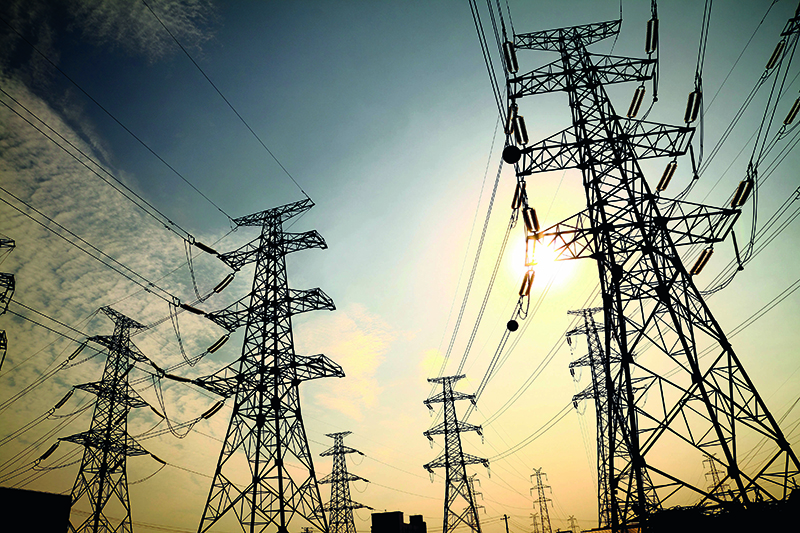Today, the Republic of the Congo enjoys political stability and strong economic growth, as it enters a new phase of economic diversification to mitigate its dependency on oil

The Republic of the Congo is emerging as one of Central Africa’s leading nations, with more than a decade of government reforms introduced by President Denis Sassou Nguesso improving living standards and providing opportunities for both locals and international investors.
The country – which took its name from the Kongo Kingdom, one of central Africa’s great early empires – has gained a reputation as a peaceful, safe and prosperous nation. But getting to this point has taken extensive reforms, legislative changes and perseverance on the part of the country’s inhabitants and officials. Together, they have overcome numerous obstacles, including armed internal struggle and political instability, and relegated them to the past.
A French colony from 1891 to 1960, the Republic of the Congo, had a Marxist regime for more than a quarter of a century after it gained independence. During this period, it forged relations with the People’s Republic of China and the former Soviet Union amongst others. Current President Sassou Nguesso led the government from 1979 until 1992, when he introduced multi-party elections, and although he did not receive the largest share of the vote then, he returned to power in 1997 after replacing president Pascal Lissouba.
The country – which escaped a divisive civil war at the end of the 1990s – is now fast becoming the gateway to the Central African region. Challenges remain, not least overcoming the confusion caused when neighboring Zaire, a former Belgian colony, changed its name to the Democratic Republic of the Congo.
The two nations’ capitals are separated only by the Congo River, but are vastly different in terms of atmosphere, security and economy. To avoid such confusion, the Republic of the Congo is often called Congo-Brazzaville, adding the name of its capital after the hyphen, while the Democratic Republic of the Congo is often referred to by its acronym, D.R.C., or as Congo-Kinshasa.
Today, the Republic of the Congo is successfully building new alliances with international partners. Under the stewardship of President Sassou Nguesso, the country has grown to become one of Africa’s top five oil producers, attracting foreign investment and developing its industrial base. The country also enjoys a high literacy rate, thanks to free and compulsory education between the ages of six and 16.
It is also making the most of its geographical location by improving transportation links with neighbors including Cameroon, the Central African Republic, Gabon, and Angola’s exclave next door, Cabinda.
Social programs have been introduced as well. President Sassou Nguesso put in place a poverty reduction scheme in the early 2000s and a national development plan devised by the president, have helped to consolidate peace. It is such developments that paved the way for President Sassou Nguesso’s The Path to the Future vision.
The strategy aims to accelerate modernization and industrialization in the Republic of the Congo by ensuring wealth from an invigorated economy and natural resources are equitably shared. This will in turn set the stage for the Central African nation to emerge as a key player on the global economy.
In addition to oil, the Republic of the Congo’s key resources are the dense tropical forest that covers most of the country, fertile soil primed for agri-business, a young and educated population, and a wealth of mineral resources. Allied to such benefits is the Congo River, which forms the eastern and southern borders of the country and provides not just food but also vital transportation links and the ability to establish hydroelectric plants.
Growth is also being powered by the country’s skilled workforce. Primary education begins at the age of six and lasts for a further six years and includes instruction in agriculture and manual skills, as well as domestic science. Secondary-level education offers students vocational training and the ability to gain skills in academic and technical areas, as well as traditional general subjects and teacher training.
Institutions of higher learning include Marien Ngouabi University in Brazzaville, with numerous colleges and centers for technical training in operation. Such investment in education has resulted in a literacy rate that is significantly higher than most countries in sub-Saharan Africa.
Even as it moves forward, the equatorial nation remains keenly aware that oil production is on the wane and that it needs to make new discoveries or broaden its economic base – or both.
“We want to encourage companies to intensify oil exploration efforts in untapped areas,” Congolese Minister of Hydrocarbons, André Raphael Loemba, says. “Ours is a country of tremendous natural resources and a youthful population that can help maximize these resources.”
“Today Congo is open, a country of peace; there is no war. We have institutions that are stable and work very well. Our president has put policies in place to make investment here a win-win,” he adds, reflecting the country’s ambitions to develop into a highly attractive place for both local and international investors to do business.
0 COMMENTS